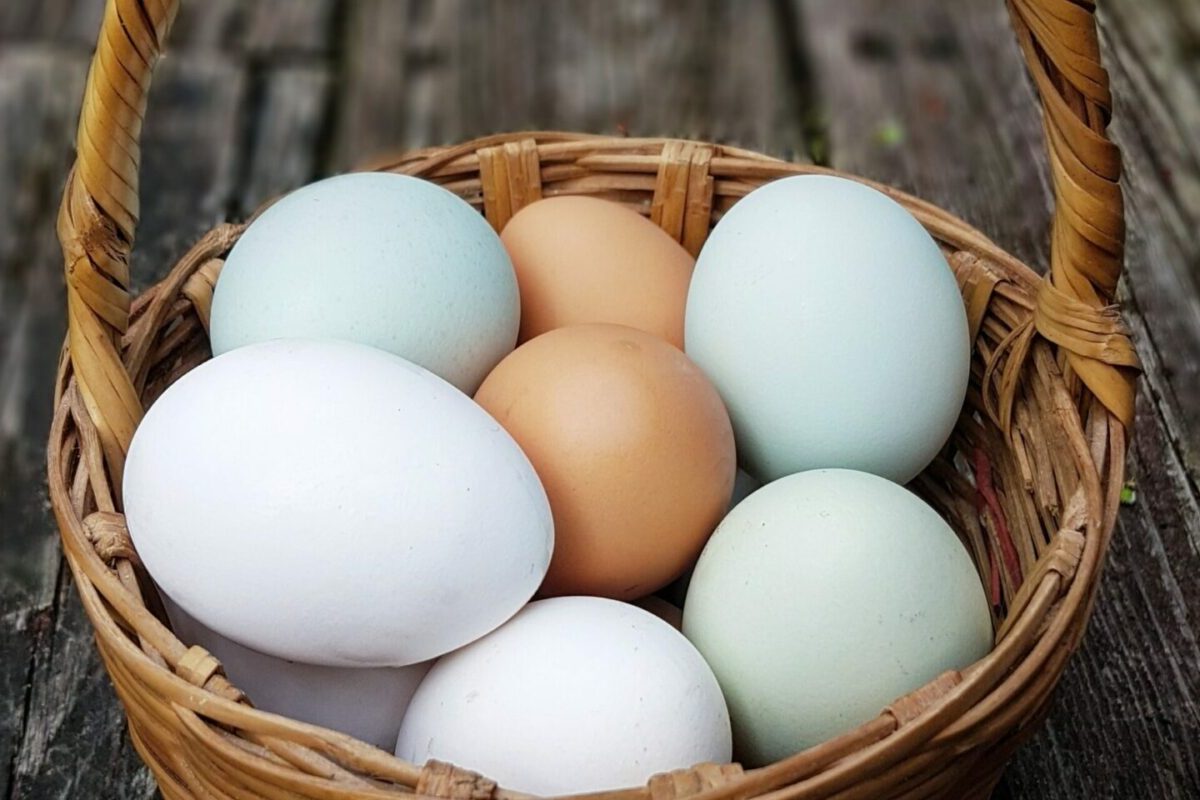
Hatching chicken eggs at home is a fun and educational project—great for families, hobbyists, and small-scale farmers. This guide covers everything you need to know for a successful hatch, from incubation to post-hatch chick care.
Before you begin, make sure you have:
By day 7, you can candle the eggs to check:
Remove any infertile or “clear” eggs to avoid contamination.
Chicken eggs usually hatch around day 21.
On day 18:
Chicks may take 12–24 hours to fully emerge after pipping—this is normal!
Once chicks have hatched:
Gradually reduce brooder temperature by 5°F per week as chicks grow.
What do you think About us?
Need help? Our team is just a message away